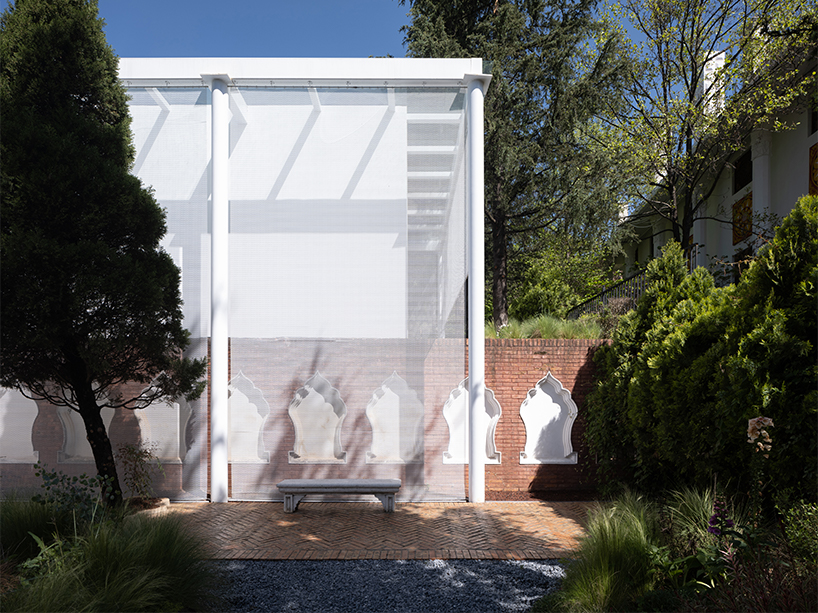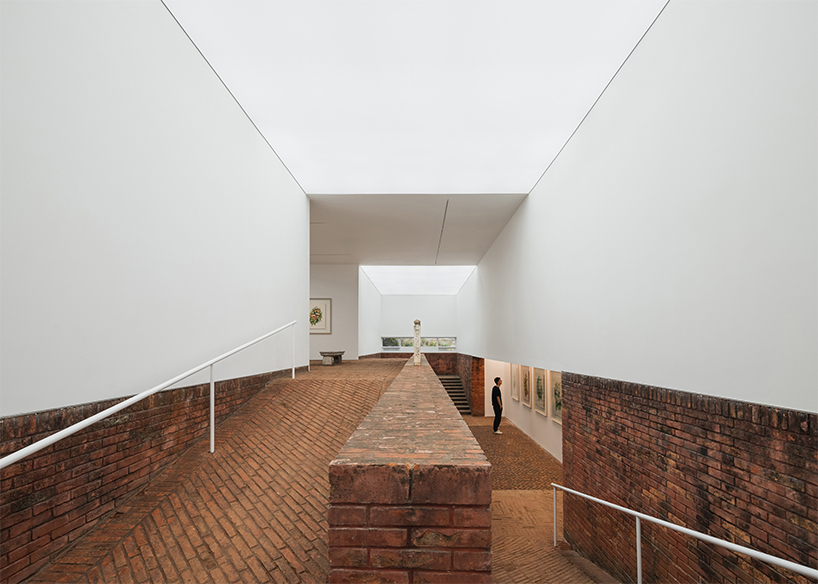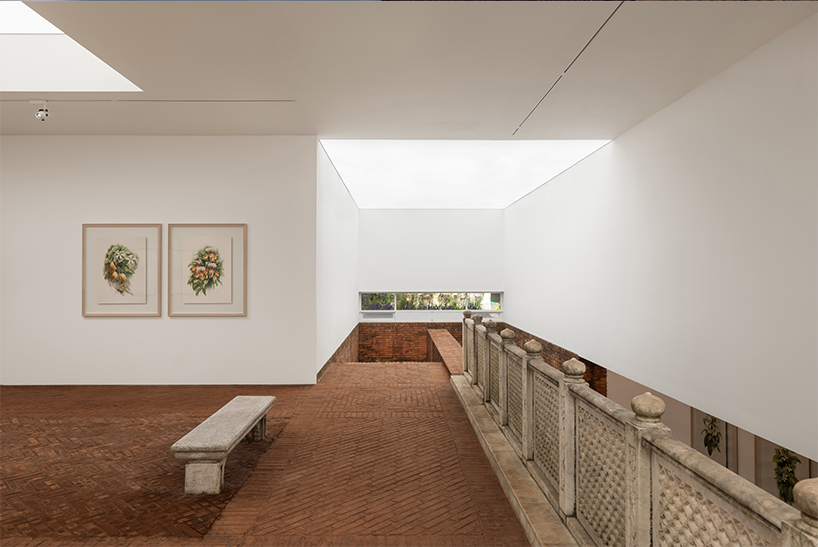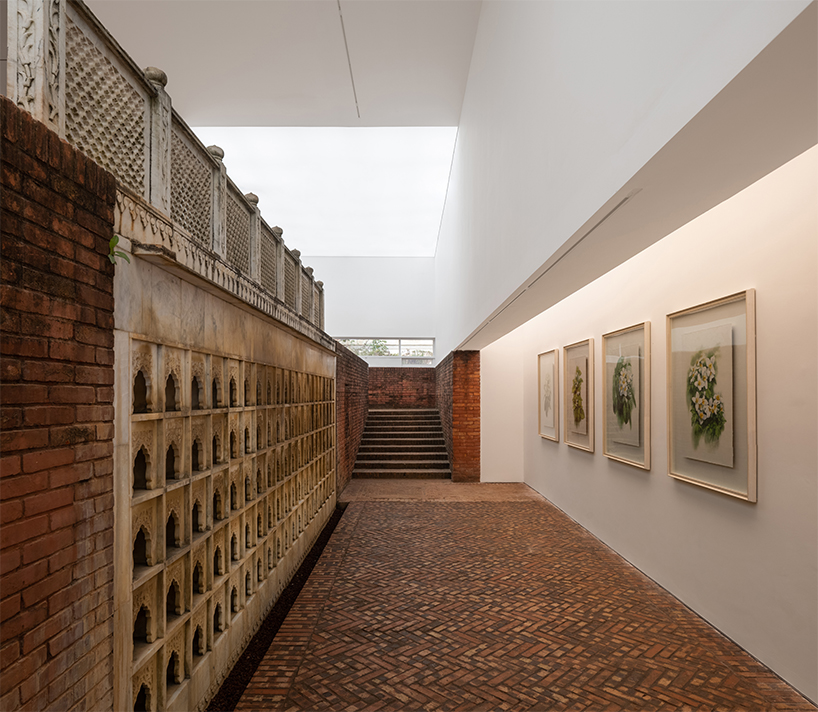elepheno architects’ zeng xiaolian museum of art celebrates ‘new heritage’
zeng xiaolian museum of art by elepheno architects
In 1999, the World Horticultural Exposition was held in Kunming, China, under the theme ‘Man and Nature–Marching into the 21st Century.’ The event has had a profound and lasting impact on the city, triggering urban growth and a tourism boom. Twenty-two years later, on the occasion of the 15th UN Biodiversity Convention (COP15) held in Kunming, Elepheno Architects was commissioned to build a small art museum in a vacant venue within the original Expo Garden. Dedicated to the art of Zeng Xiaolian, a long-time scientific illustrator for the Kunming Institute of Botany, the project is held on the sites of the former Pakistan and Vietnam Gardens.

all images © Ce Wang, 小野工作室
seamless co-existence of old and new
The conception of the museum layout began by exploring the site’s ‘preexistence,’ which Elepheno Architects defines as the preservation and persistence of ‘new heritage.’ In other words, the historical thread is not scraped away; it remains legible while the newly-written layer gets stacked atop it like a piece of tracing paper. Old and new are carefully co-existing; past and present are connected but not mutually interfering.
‘Our first impression of the Pakistan and Vietnam Gardens was quite vivid: stepping on the weathered red bricks, touching the cracks in the marble, seeing the shadows of columns and trees cast by the strong sunlight. This richness is the result of a long period of natural growth, bestowing the site with historical memory,’ comments the studio.

white, suspended walls complementing the red-brick circulation design
creating a new edge with suspended walls
To build the Zeng Xiaolian Museum of Art, Elepheno Architects resorted to a steel structure, satisfying the need for rapid construction while minimizing the impact on the surrounding environment. Not a single tree was felled in the process, and the team managed to fully preserve and integrate the original open-air pavilion, stone plaque, marble railings, wall niches, and stone benches of the Pakistan pavilion.
Meanwhile, red brick flooring is used as a visual link between indoors and outdoors, while viewing frames facing the courtyard open up generously between the paintings, blurring the boundaries between inside and out and creating seamless transitional spaces for visitors.

preserved marble railings and bench
While most walls rise from the floor, the walls of the museum are hung from the steel structure standing overhead and extend downwards where their ends get connected and fixed to the ground to avoid excavation. The resulting curves and intersections of these lightweight, suspended walls form rich interior and exterior spaces. ‘A new edge emerges that abstracts and filters the natural surroundings, generating layers between the primitive vegetation and new landscape design, so people can even travel inside the two layers of the system,’ concludes Elepheno Architects.

preserved marble railings and niches





